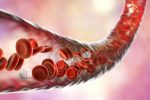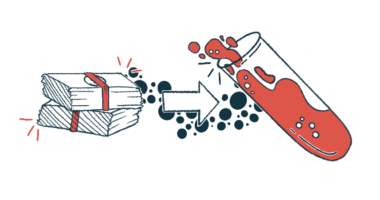Potential PAH Therapy, KER-012 Also Prevents Bone Loss in Rat Model

A lab version of an investigational treatment for bone disorders and pulmonary arterial hypertension (PAH), KER-012 prevented bone loss in a PAH rat model, its developer, Keros Therapeutics, reported.
Separate preclinical data in a PAH rat model, presented by the company earlier this year, also demonstrated that KER-012 worked to block increases in inflammation, fibrosis (scarring), and heart damage in the animals. As such, it showed a “potential to treat PAH in patients without dose-limiting increases in red blood cells,” the company said in a May release.
Bone findings were presented this month at the American Society for Bone and Mineral Research (ASBMR) 2021 Annual Meeting.
“The results of this study suggest that RKER-012 prevented bone loss in this PAH model, which we believe supports that KER-012 has the potential to treat bone loss resulting from secondary osteoporosis, such as in PAH,” Jasbir Seehra, PhD, Keros’ president and CEO, said in a press release. Secondary osteoporosis refers to bone loss that occurs due to a specific and well-defined health disorder like PAH.
KER-012 is designed to increase bone morphogenic protein (BMP) signaling. The BMP pathway plays important roles in promoting bone growth and health. Reduced BMP activity is also associated with PAH, according to Keros.
In this study, scientists at Keros tested a research form of KER-012 — dubbed RKER-012 — on bone loss in rats with induced PAH. The disease in this model was induced by administering a chemical called SUGEN5416, in combination with prolonged exposure to low oxygen levels (hypoxia).
Adult male rats with PAH were then given either 20 mg/kg of RKER-012 or a vehicle — the solution that normally contains the medicine, but without its active ingredient — twice weekly for four weeks. KER-012 is administered by subcutaneous (under-the-skin) injection.
Compared to rats without PAH, untreated animals with the disease showed significantly poorer bone volume, as well as reduced bone volume fraction (the amount of hard, mineralized bone that’s in a given amount of bone tissue). PAH also led to a lower trabecular number and increased trabecular separation, both of which are generally indicative of structural defects in the bone.
Treatment with RKER-012 substantially eased all of these effects: the treatment lessened the loss in bone volume and bone volume fraction. It also increased trabecular number, and decreased trabecular separation.
In PAH rats treated with RKER-012, all of these measures remained comparable to measures in healthy rats, Keros reported, suggesting “that RKER-012 protected rats from PAH-induced bone loss.”








